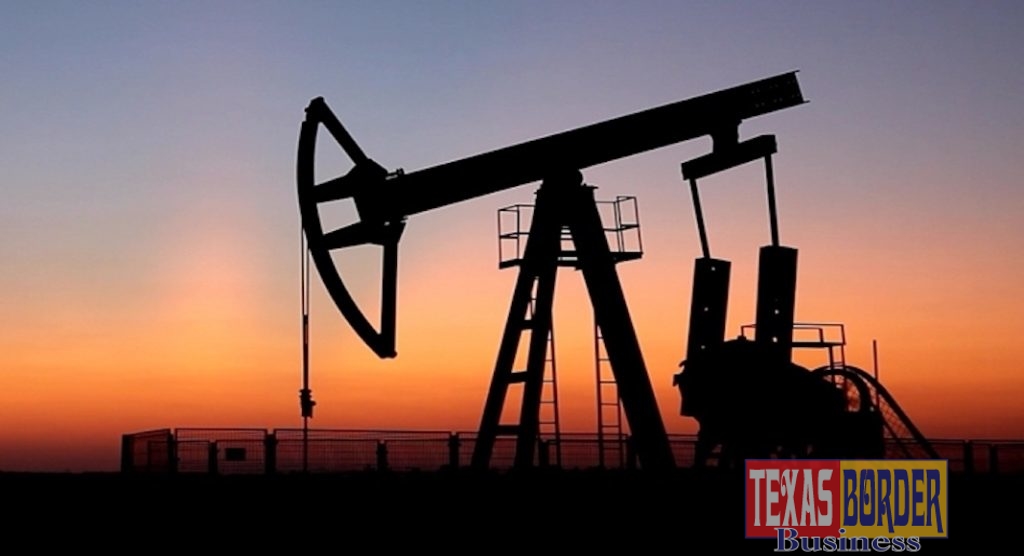
Texas Border Business
M. Ray Perryman

Oil production costs are down sharply in Texas in recent years, but they are not yet at a level to maintain viability given current prices and uncertainty. As a result, significant disruptions in oil production areas are occurring. The industry initiated a rapid shutdown of drilling activity, which rippled through an enormous supply chain and supporting retail and service enterprises in the affected communities and the entire state. Banks with large energy loan portfolios are being strained, and midstream and downstream investments are being deferred. Although concentrated in a few areas, the fallout permeates all regions of Texas.
With the oil market in disarray, comparisons are being drawn to the horrific events of the 1980s. While such discussions are both natural and inevitable, they are also both misplaced and incorrect. I’ve talked about oil markets previously, but given the importance of the industry to the Texas economy, it’s worth a deeper, closer look.
One key difference is the sheer speed of the downturn. The prior decline began in early 1982 and did not reach its nadir until a rapid fall in 1986. This time, it unfolded in a matter of weeks.
Moreover, the 1980s debacle occurred amidst a savings and loan and real estate crisis and ill-conceived reversals in tax policy that led to massive failures throughout the financial system and took years to repair. It was further complicated by the complex geopolitics of the Cold War. Today, a pandemic arose as the country was enjoying the longest expansion in history with no major structural dislocations.
The 1980s downturn came on the heels of the 1970s embargo and energy crisis which brought major cutbacks in energy usage and sluggish demand. By contrast, the current situation arose as a manufacturing boom in emerging countries was driving solid global increases in consumption (and no export ban).
Back then, production and known reserves had been declining for decades and the future of the industry was in doubt. “Peak oil” was a common mantra. Presently, reserves are expanding, technology is evolving rapidly, costs are falling, production is twice its prior peak, and there are centuries of supply.
The oil industry in the 1980s was heavily financed by institutional debt, leaving little flexibility to weather setbacks (a drop of $1 dollar per barrel in 1982 sent the sector reeling). The recent expansion was fueled by infusions of private equity in the aftermath of the mortgage meltdown and the Great Recession; thus, it is more resilient.
The near-term situation in oil markets is undeniably severe, but it is a temporary aberration stemming from an unprecedented health issue. As the economy reopens, demand for oil will rise and markets will normalize. This is NOT the 1980s. Be safe!!
Dr. M. Ray Perryman is President and Chief Executive Officer of The Perryman Group (www.perrymangroup.com), which has served the needs of over 2,500 clients over the past four decades.














